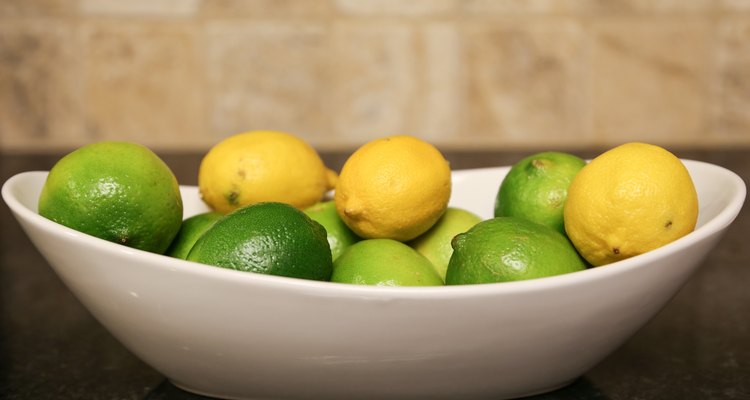
Lemons and limes may pucker the mouth when eaten whole, but when squeezed over fish and poultry or added to dressings they add a zesty kick minus the pucker. These versatile citrus fruits are used to flavor cold drinks, add delicate flavor to puddings and baked desserts, or even as the secret ingredient in that creamy pasta sauce. Storing them properly keeps them fresh and ready to use whenever you are in the mood for something to lighten up your dinner fare.
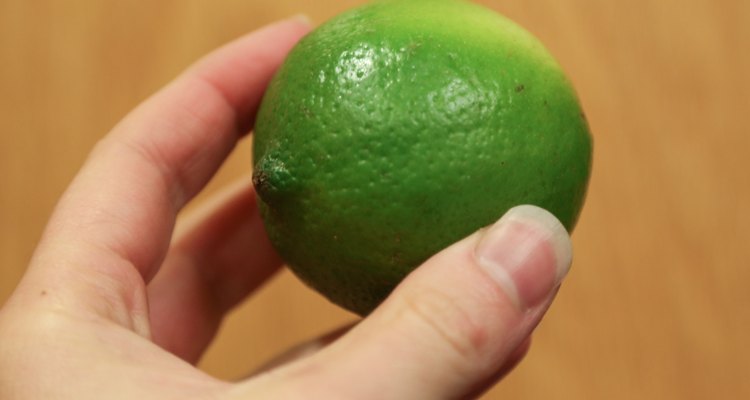
Choose fresh lemons and limes that are smooth, firm and have a uniform color. Discolored or soft spots indicate that the fruit is past its prime.
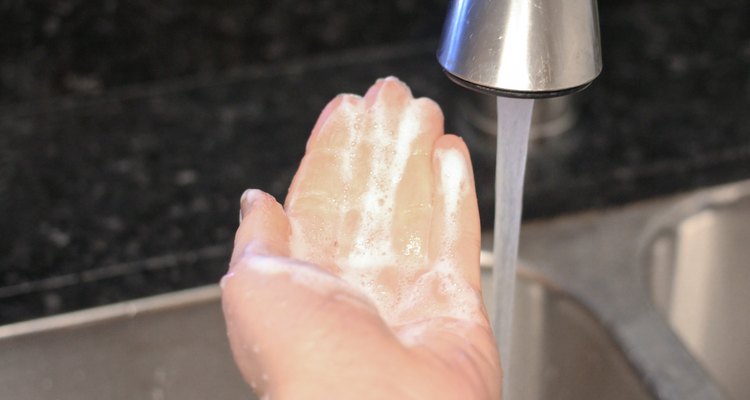
Wash your hands and all work surfaces and utensils with hot, soapy water before handling the fruit.

Wash the lemons and limes with cold water and vegetable brush. Scrub the surface to remove any soil with the brush and rinse with cold water. The University of Maine Extension Services explains that you do not need soap or detergent when washing produce.

Dry the fruits with paper towels or a clean, soft cloth. Fruits that are stored when wet are susceptible to mold.
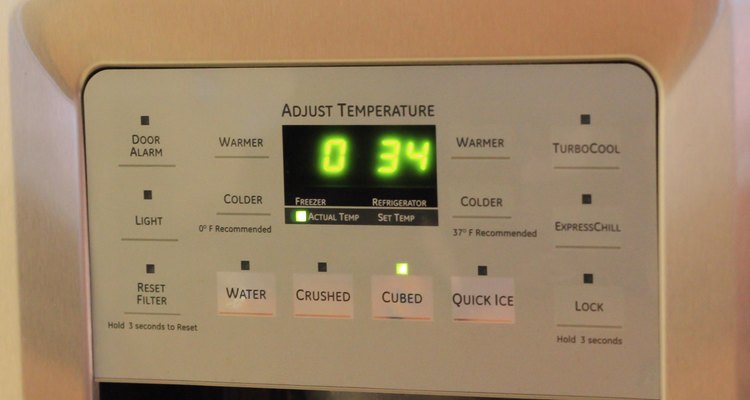
Check that the temperature in your refrigerator is below 40 degrees Fahrenheit.

Place the cleaned, dried citrus fruit in a plastic bag, with the end slightly open, and place in the refrigerator. Lemons and limes will remain fresh for approximately 6 weeks, when stored in the refrigerator.
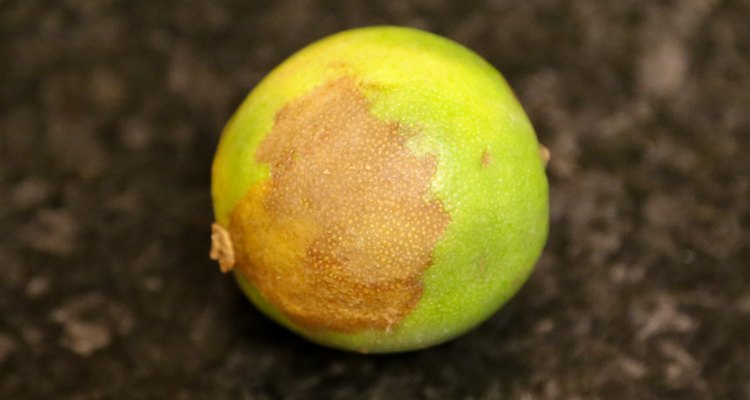
Check the stored lemons and limes occasionally for any signs of mold or soft spots. Discard any fruit that is soft, moldy or discolored.
Related Articles
How to Wash Fresh Fruit With Peroxide

How to Keep Fruit Salad Fresh
How to Freeze Papaya
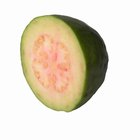
How to Peel Guava

How to Store Apples

How to Oven-Dry Figs

How to Dry Jujube Fruit

How to Clean Palladium Jewelry

How to Sterilize Eyeglasses

Does Mango Turn Brown?

Fresh Homemade Orange Juice Will Stay ...

Will Cream of Tartar Whiten Teeth?

How to Juice a Daikon Radish

How to Keep Suede From Going Stiff

How to Freeze a Prickly Pear Cactus
What Fruits Have Edible Peelings?

How to Store Silver Jewelry So It Won't ...

Can Dried Fruit Be Frozen?

How to Store Shallots
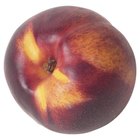
How to Bake Nectarines Like Peaches
References
Tips
- You can slice lemons and limes and stored in a food storage container in the refrigerator for 24 hours without a loss of flavor. Store lemon and lime slices in separate containers.
- You can store lemons and limes on your kitchen counter top at room temperature for about two weeks.
- Grind the lemon and lime peels in the garbage disposal to freshen the sink and kitchen.
Writer Bio
Nannette Richford is an avid gardener, teacher and nature enthusiast with more than four years' experience in online writing. Richford holds a Bachelor of Science in secondary education from the University of Maine Orono and certifications in teaching 7-12 English, K-8 General Elementary and Birth to age 5.
Photo Credits
Jocelyn Vodnik/Demand Media